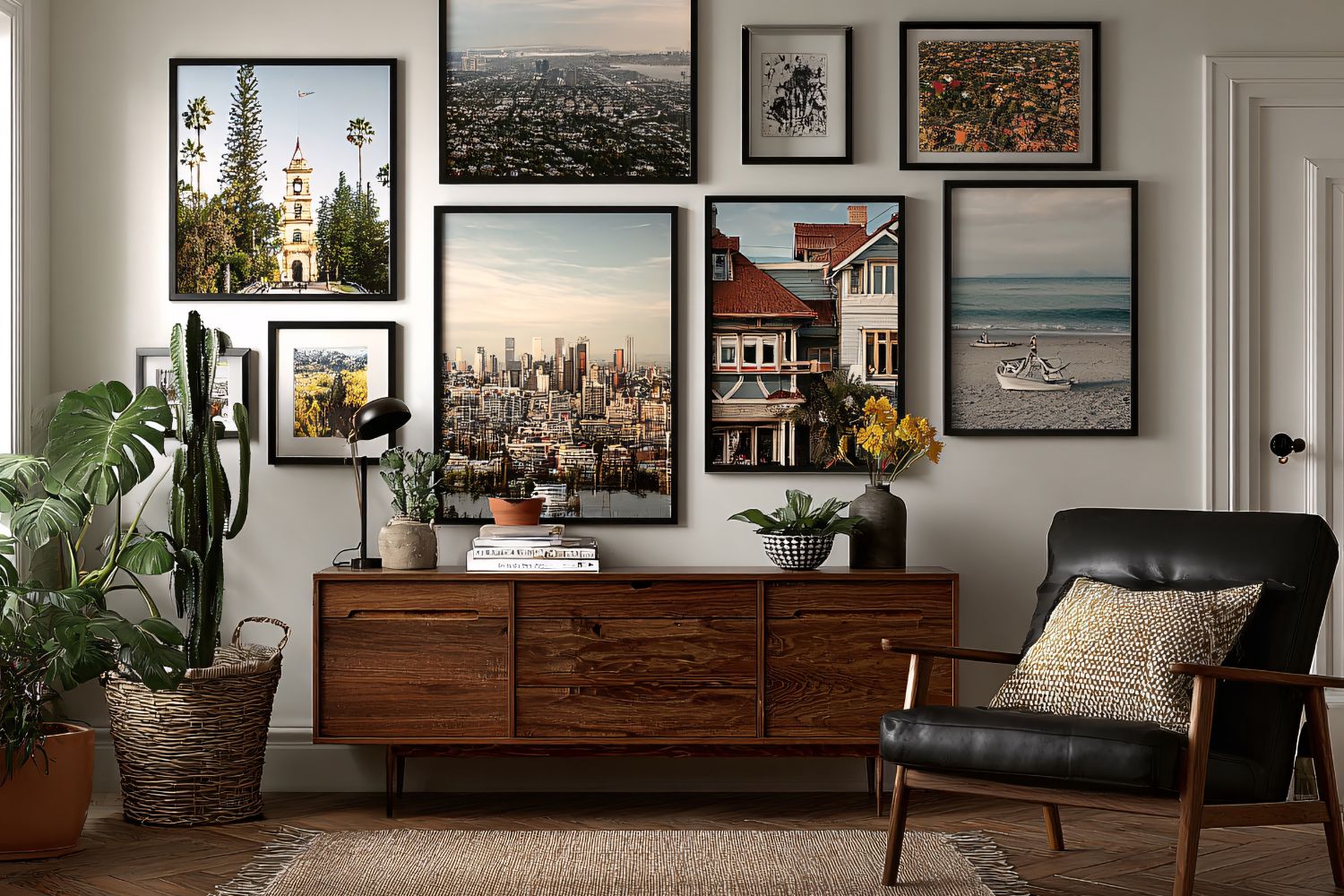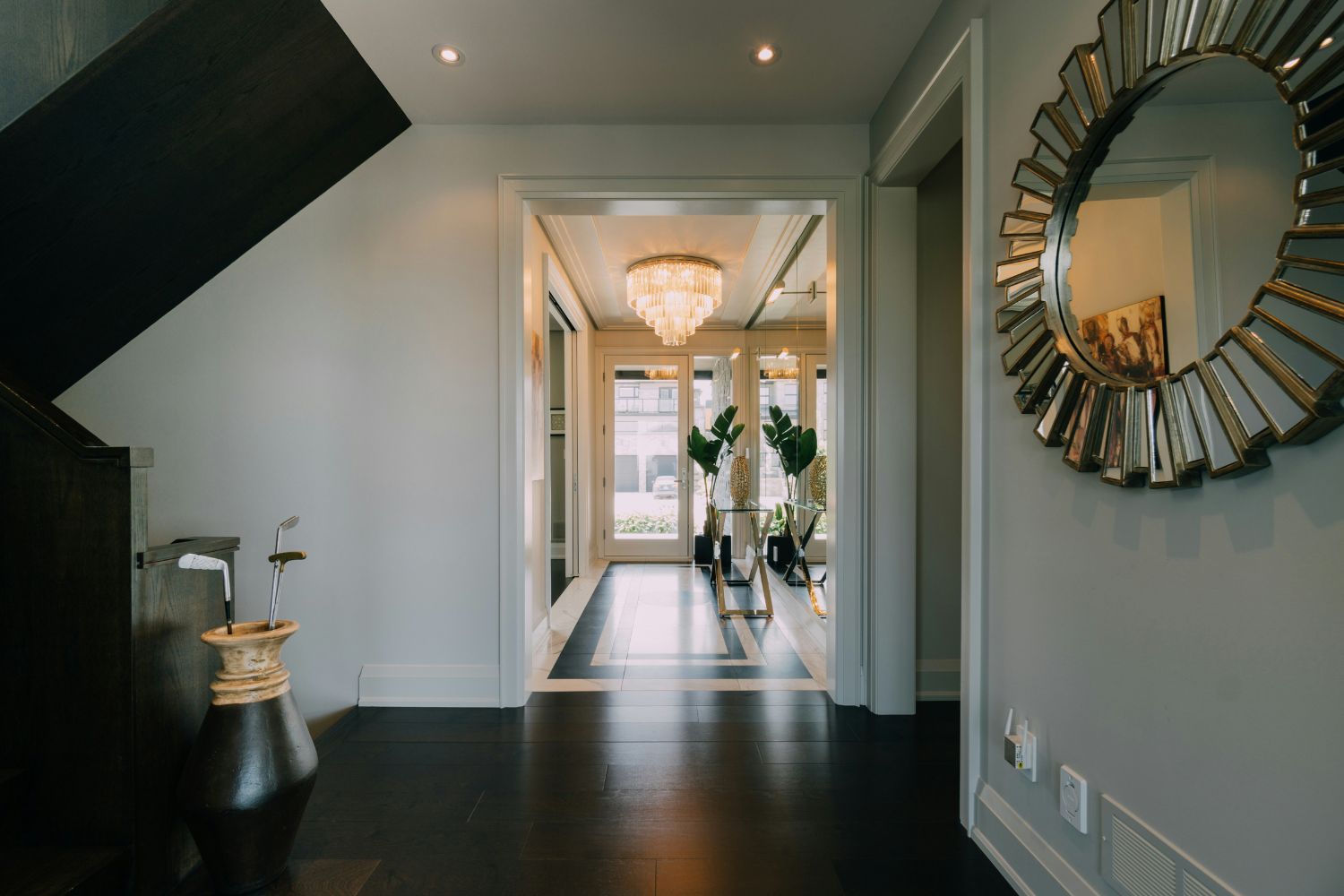- Home
- Articles
- Architectural Portfolio
- Architectral Presentation
- Inspirational Stories
- Architecture News
- Visualization
- BIM Industry
- Facade Design
- Parametric Design
- Career
- Landscape Architecture
- Construction
- Artificial Intelligence
- Sketching
- Design Softwares
- Diagrams
- Writing
- Architectural Tips
- Sustainability
- Courses
- Concept
- Technology
- History & Heritage
- Future of Architecture
- Guides & How-To
- Art & Culture
- Projects
- Interior Design
- Competitions
- Jobs
- Store
- Tools
- More
- Home
- Articles
- Architectural Portfolio
- Architectral Presentation
- Inspirational Stories
- Architecture News
- Visualization
- BIM Industry
- Facade Design
- Parametric Design
- Career
- Landscape Architecture
- Construction
- Artificial Intelligence
- Sketching
- Design Softwares
- Diagrams
- Writing
- Architectural Tips
- Sustainability
- Courses
- Concept
- Technology
- History & Heritage
- Future of Architecture
- Guides & How-To
- Art & Culture
- Projects
- Interior Design
- Competitions
- Jobs
- Store
- Tools
- More
Victorian vs Contemporary: Timeless Charm or Clean Lines for Your Perfect Home Design
Explore the timeless charm of Victorian elegance and the clean lines of contemporary minimalism in home design. This article contrasts intricate details and historical richness with sleek simplicity and functionality, offering insights on how to choose, blend, or adapt these distinct styles to create personalized, enduring spaces that suit your lifestyle and taste.

When it comes to home design, choosing between Victorian elegance and contemporary minimalism can feel like stepping into two different worlds. Victorian style enchants us with its timeless charm, intricate details, and rich history, while contemporary design captivates with its clean lines, simplicity, and modern functionality. Both styles have their unique appeal, making the decision a reflection of personal taste and lifestyle.
Do we gravitate toward ornate moldings and vintage flair, or do we prefer sleek finishes and open spaces? Each approach tells a story, shaping how we experience our homes. Exploring these two design philosophies helps us understand their key differences and how they can influence the atmosphere of any space. Whether we’re drawn to the nostalgia of the past or the streamlined aesthetic of the present, the choice between Victorian and contemporary design is as much about personality as it is about style.

Table of Contents
ToggleUnderstanding Victorian Style
Victorian style exudes elegance and sophistication, characterized by its intricate details and historical richness. This design approach reflects the grandeur of the Victorian era, blending ornamentation and functionality.

Key Features Of Victorian Architecture And Design
Victorian architecture showcases steep gabled roofs, bay windows, and intricate woodwork. Decorative elements like turrets, finials, and ornate facades create a sense of grandeur. Stained glass windows, commonly featuring floral or geometric patterns, enhance its aesthetic appeal.
Interiors often include high ceilings, carved moldings, and richly patterned wallpapers. Furniture emphasizes detail, with tufted upholstery, curved shapes, and dark polished woods like mahogany or walnut. Chandeliers and candelabras add elegance, enhancing the romantic atmosphere.
The Appeal Of Timeless Charm In Victorian Aesthetics
Victorian aesthetics evoke a sense of history and permanence. Their intricate craftsmanship highlights attention to detail, creating a rich and inviting atmosphere. Homes styled in this manner often convey warmth through layered textures, plush furnishings, and deep color palettes.
This charm resonates with individuals who value heritage over modern simplicity. The timeless quality of Victorian design ensures its appeal remains strong, blending artistry with functionality to create spaces with lasting allure.
Contemporary Style Overview
Contemporary design embodies simplicity, functionality, and a forward-thinking approach. It’s defined by sleek aesthetics and adaptability, making it popular in modern homes.

Characteristics Of Contemporary Design
Contemporary design emphasizes open spaces, natural light, and simplicity in form. Rooms often feature neutral color palettes with accents like white, beige, and gray, allowing furniture and décor to stand out. Materials like glass, steel, and light woods dominate, paired with smooth surfaces and minimal ornamentation. Furniture prioritizes comfort and usability, showcasing innovative shapes and clean finishes. Technology integration is common, with smart home features blending seamlessly into the design.
The Allure Of Clean Lines And Minimalism
Clean lines and minimalism create a sense of order and balance in contemporary spaces. Straight edges and geometric forms define architecture, avoiding unnecessary details. This streamlined approach enhances functionality while creating a visually calming environment. The minimalist philosophy promotes decluttering, encouraging intentionality in décor and furniture choices. Contemporary design appeals to those valuing practicality and a clutter-free lifestyle, offering an aesthetic that feels fresh and timeless.
Victorian Vs Contemporary: Aesthetic Comparisons
Victorian and contemporary styles represent contrasting yet captivating design philosophies. Each offers unique visual and functional elements that cater to varying tastes and lifestyles.

Contrasting Design Philosophies
Victorian design emphasizes elaborate decoration and historical influence. Intricate woodwork, patterned wallpapers, and ornate furniture define this opulent style. Architectural features like steep roofs, turrets, and stained glass enhance its grandeur. This approach attracts those who admire heritage and intricate detailing.
Contemporary design prioritizes minimalism and functionality. Neutral tones, open layouts, and smooth materials like glass and steel dominate its visual language. Clean lines and simplicity create a sense of spaciousness. The focus lies on practicality and modernity, appealing to those seeking uncluttered, efficient spaces.
Similarities Despite Differences
Both styles achieve timelessness in their respective ways. Victorian homes exude warmth and personality through rich textures and deep palettes, while contemporary spaces ensure enduring appeal through simplicity and adaptability. Each style values quality craftsmanship, ensuring longevity.
Both rely on a cohesive aesthetic. Victorian homes carefully layer patterns and colors, and contemporary designs maintain uniformity in form and materials. Despite contrasting visions, they share a dedication to creating harmonious environments.
Adaptability To Modern Living Spaces
Victorian design integrates modern amenities by blending historical charm with updated functionality. Elements like carved moldings or antique furniture can complement contemporary appliances, bridging tradition with practicality.
Contemporary design easily adapts to modern needs through its flexible layouts and multipurpose spaces. Open-plan designs accommodate changing lifestyle requirements, while neutral palettes provide versatility in décor. Its forward-thinking nature resonates with evolving urban living preferences.
Making A Choice: Timeless Charm Or Clean Lines?
Victorian elegance and contemporary minimalism present distinct design philosophies. Choosing between timeless charm and clean lines involves assessing personal preferences, lifestyle, and functional needs.

Factors To Consider When Choosing A Style
Evaluating lifestyle needs is crucial. Victorian designs suit those who appreciate ornate details and enjoy spaces that evoke history, while contemporary styles favor individuals who value simplicity, functionality, and open layouts.
Analyzing spatial requirements aids in decision-making. Victorian homes often feature formal room divisions, suitable for creating distinct, private spaces. Contemporary homes emphasize flow, with open plans maximizing light and versatility.
Considering maintenance ensures long-term satisfaction. Victorian décor, with intricate elements like carved moldings and patterned wallpapers, can demand higher upkeep. Contemporary designs, with smooth surfaces and minimal decoration, simplify cleaning and maintenance.
Blending Elements For A Unique Look
Combining design elements from both styles creates personalized spaces. Introducing contemporary furniture into a Victorian setting balances old-world charm with a modern touch. For instance, a sleek glass table pairs seamlessly with a Victorian-inspired room.
Incorporating Victorian accents into contemporary spaces adds depth. Features like tufted upholstery or antique decorative pieces enhance minimalist environments, creating visual interest without overcomplicating the design.
Strategic color and material choices unify mixed styles. Neutral palettes and versatile materials, such as polished woods or steel, harmonize Victorian richness with contemporary simplicity, resulting in cohesive, timeless interiors.
Conclusion
Victorian and contemporary styles each embody distinct design philosophies, appealing to varying tastes and lifestyles. Victorian aesthetics emphasize heritage, intricate detailing, and a warm, layered ambiance. Contemporary design focuses on simplicity, clean lines, and functional elegance. Both styles provide enduring appeal through quality craftsmanship and thoughtful design.
Integrating elements from these two styles enables us to create personalized, balanced interiors. Pairing ornate Victorian features with modern minimalist décor merges tradition with innovation. Similarly, incorporating contemporary furnishings into richly detailed Victorian spaces achieves visual harmony. Strategic design choices can bridge these contrasting aesthetics, maintaining a timeless character.
Ultimately, selecting Victorian or contemporary design hinges on individual preferences, spatial needs, and lifestyle priorities. By understanding their defining characteristics, functionality, and adaptability, we can craft spaces that resonate deeply and stand the test of time.
- charm of victorian homes
- classic home decor
- clean lines architecture
- contemporary home design
- contemporary interior design
- elegant home interiors
- historic home design
- home design ideas
- Home Design Trends
- interior design styles
- minimalist home design
- modern architecture ideas
- modern vs traditional homes
- timeless home decor
- Victorian home design
- victorian interior design
- victorian vs contemporary style
- victorian vs modern architecture
- vintage home aesthetics
Submit your architectural projects
Follow these steps for submission your project. Submission FormLatest Posts
Modern American Homes: Interior Design Trends to Watch in 2026
Interior design in the United States is evolving toward warmer, more adaptable,...
10 Popular Interior Design Styles in the USA
Interior design in the USA reflects a wide range of lifestyles, cultural...
How to Create a Timeless Living Room: Principles, Ideas, and Inspiration
The living room stands as the heart of every home—a gathering place...
Unlocking Home Curb Appeal: Transform Your Entryway with Expert Solutions
Your home’s entryway is more than just a door—it’s the first impression...












Leave a comment